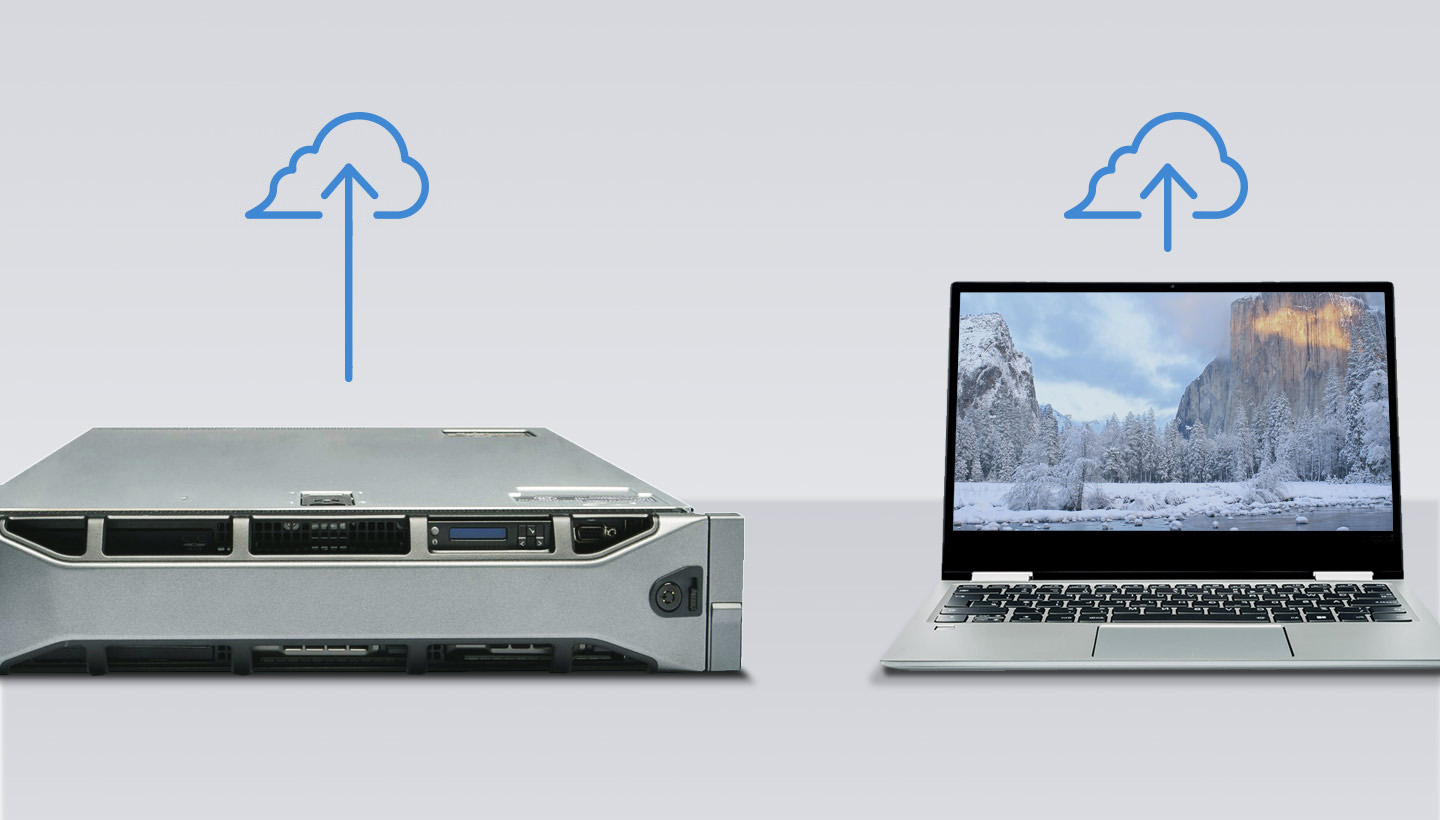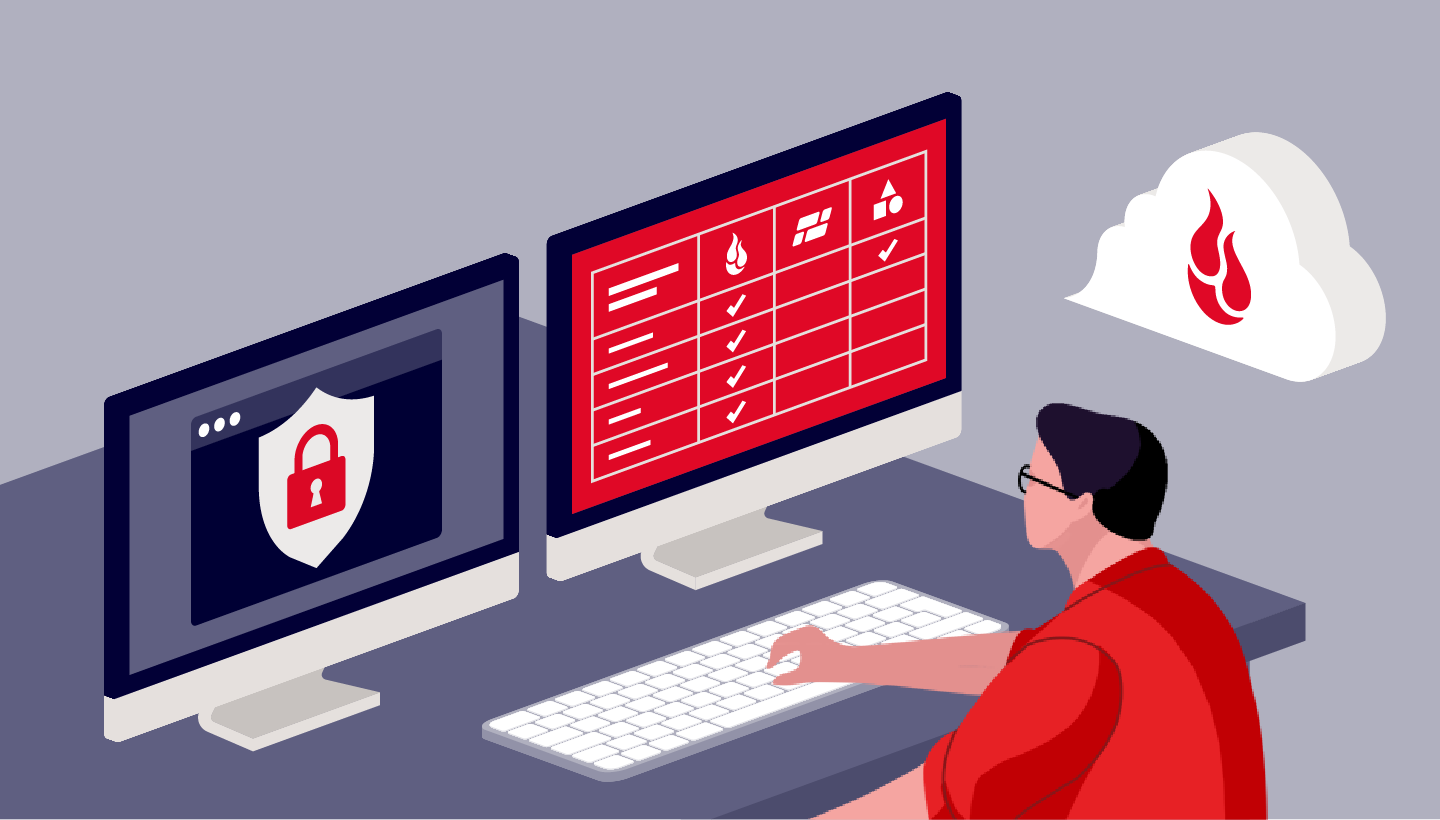How common are these statements in your organization?
- “I know I saved that file. The application must have put it somewhere outside of my documents folder.” — Mike in Marketing
- “I was on the road and couldn’t get a reliable VPN connection. I guess that’s why my laptop wasn’t backed up.” — Sally in Sales
- “I try to follow file policies, but I had a deadline this week and didn’t have time to copy my files to the server.” — Felicia in Finance
- “I had just started a commit of my code changes and that was when the coffee mug was knocked over onto the laptop.” — Erin in Engineering
- “If you need a file restored from backup, contact the help desk at helpdesk@xyz.com. The IT department will get back to you.” — XYZ corporate intranet
- “Why don’t employees save files on the network drive like they’re supposed to?” — Isaac in IT
If these statements are familiar, most likely you rely on file server backups to safeguard your valuable endpoint data.
The problem is, the workplace has changed. Where server backups might have fit how offices worked at one time in the past, relying solely on server backups today means you could be missing valuable endpoint data from your backups. On top of that, you likely are unnecessarily expending valuable user and IT time in attempting to secure and restore endpoint data.
Times Have Changed, and So Have Effective Enterprise Backup Strategies
The ways we use computers and handle files today are vastly different from just five or ten years ago. Employees are mobile, and we no longer are limited to monolithic PC and Mac-based office suites. Cloud applications are everywhere. Company-mandated network drive policies are difficult to enforce as office practices change, devices proliferate, and organizational culture evolves. Besides, your IT staff has other things to do than babysit your employees to make sure they follow your organization’s policies for managing files.
Server Backup has its Place, but Does It Support How People Work Today?
Many organizations still rely on server backup. If your organization works primarily in centralized offices with all endpoints — likely desktops — connected directly to your network, and you maintain tight control of how employees manage their files, it still might work for you.
Get Your Guide to Server Backup
There are lots of things to consider when you’re creating a solid server backup strategy. Use our guide to learn how to safeguard your server data with backups that preserve your information in case of disaster.
Your IT department probably has set network drive policies that require employees to save files in standard places that are regularly backed up to your file server. Turns out, though, that even standard applications don’t always save files where IT would like them to be. They could be in a directory or folder that’s not regularly backed up.
As employees have become more mobile, they have adopted practices that enable them to access files from different places, but these practices might not fit in with your organization’s server policies. An employee saving a file to Dropbox might be planning to copy it to an “official” location later, but whether that ever happens could be doubtful. Often people don’t realize until it’s too late that accidentally deleting a file in one sync service directory means that all copies in all locations — even the cloud — are also deleted.
Employees are under increasing demands to produce, which means that network drive policies aren’t always followed; time constraints and deadlines can cause best practices to go out the window. Users will attempt to comply with policies as best they can — and you might get 70% or even 75% effective compliance — but getting even to that level requires training, monitoring, and repeatedly reminding employees of policies they need to follow — none of which leads to a good work environment.
Even if you get to 75% compliance with network file policies, what happens if the critical file needed to close out an end-of-year financial summary isn’t one of the files backed up? The effort required for IT to get from 70% to 80% or 90% of an endpoint’s files effectively backed up could require multiple hours from your IT department, and you still might not have backed up the one critical file you need later.
Your Organization Operates on its Data — And Today That Data Exists in Multiple Locations
Users are no longer tied to one endpoint, and may use different computers in the office, at home, or traveling. The greater the number of endpoints used, the greater the chance of an accidental or malicious device loss or data corruption. The loss of the Sales VP’s laptop at the airport on her way back from meeting with major customers can affect an entire organization and require weeks to resolve.
Even with the best intentions and efforts, following policies when out of the office can be difficult or impossible. Connecting to your private network when remote most likely requires a VPN, and VPN connectivity can be challenging from the lobby Wi-Fi at the Radisson. Server restores require time from the IT staff, which can mean taking resources away from other IT priorities and a growing backlog of requests from users who need their files as soon as possible. When users are dependent on IT to get back files critical to their work, employee productivity and often deadlines are affected.
Managing Finite Server Storage Is an Ongoing Challenge
Network drive backup usually requires on-premises data storage for endpoint backups. Since it is a finite resource, allocating that storage is another burden on your IT staff. To make sure that storage isn’t exceeded, IT departments often ration storage by department and/or user — another oversight duty for IT, and even more choices required by your IT department and department heads who have to decide which files to prioritize for backing up.
Adding Backblaze Endpoint Backup Improves Business Continuity and Productivity
Having an endpoint backup strategy in place can mitigate these problems and improve user productivity, as well. A good endpoint backup service, such as Backblaze Cloud Backup, will ensure that all devices are backed up securely, automatically, without requiring any action by the user or by your IT department.
Backblaze Backup is simple to use, with no configuration required. Everything on the endpoint is encrypted and securely backed up to the cloud, including program configuration files and files outside of standard document folders. Even temp files are backed up when possible, which can prove invaluable when recovering a file after a crash or other program interruption. Cloud storage is unlimited with Backblaze Backup, so there are no worries about running out of storage or rationing file backups.
The Backblaze client can be silently and remotely installed to both Macintosh and Windows clients with no user interaction. And, with Backblaze Groups, your IT staff has complete visibility into when files were last backed up. IT staff can recover any backed up file, folder, or entire computer from the admin panel, and even give file restore capability to the user, if desired, which reduces dependency on IT and time spent waiting for restores.
With over 500 petabytes of customer data stored, and one million files restored every hour of every day by Backblaze customers, you know that Backblaze Backup works for its users.
You Need Data Security That Matches the Way People Work Today
Both file server and endpoint backup have their places in an organization’s data security plan, but their use and value differ. If you already are using file server backup, adding endpoint backup will make a valuable contribution to your organization by reducing workload, improving productivity, and increasing confidence that all critical files are backed up.
By guaranteeing fast and automatic backup of all endpoint data, and matching the current way organizations and people work with data, Backblaze Backup will enable you to effectively and affordably meet the data security demands of your organization.






